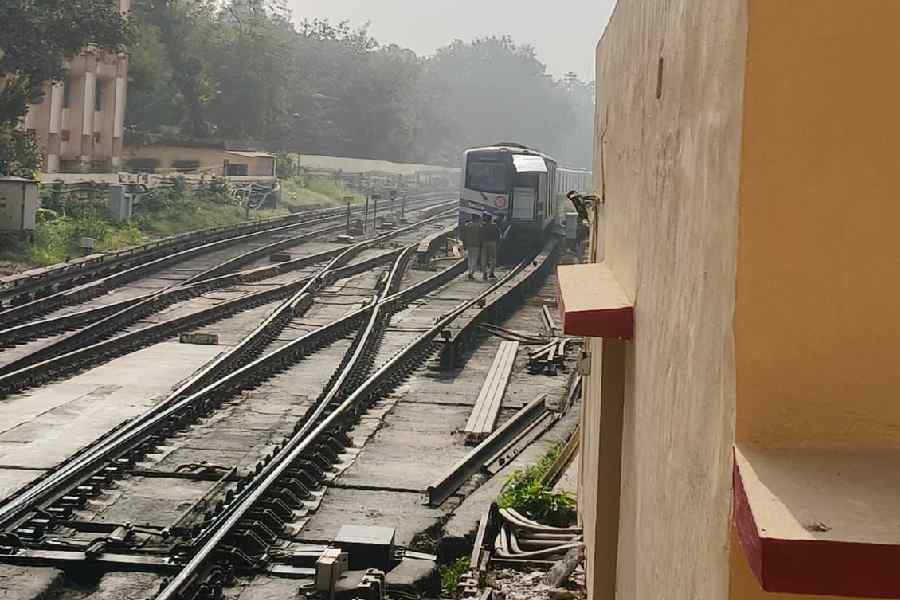Among the film star posters and portraits of goddesses on the wall of her room, Mumtaz has an unusual exhibit: a picture of the women drivers who handle Maruti’s factory cars. Mumtaz has spent her entire life in Delhi’s slums, but her parents are determined to build a better future for her. They want her to work in a beauty salon, perhaps as a clerk.
“Didi, I want to drive,” Mumtaz tells me. A ragpicker friend saw the glossy magazine that had carried the story on Maruti’s women drivers and sneaked it out for her. Mumtaz got her teacher to read out the story. Now she knows it by heart. She can tell you that Maruti was initially sceptical about employing women as drivers: driving cars from the factory to various showrooms is a gruelling job, and drivers are typically expected to make between 15 and 20 trips a day.
But Maruti was enthusiastic when it discovered that the women spent less time goofing off. The male drivers were mocking, then resentful; now they’ve moved towards acceptance.
When you think of women breaking through the glass ceiling, the conventional image is of a businesswoman storming boardroom barricades, a politician building a power base in Parliament. But real change happens in other, less visible areas.
Like the petrol pump near Nizamuddin that was staffed by women. When I drove up one day to discover that men were manning the pumps, I assumed the experiment hadn’t worked. Quite the contrary, the manager told me. It had been so successful that the women’s team at the pump was now busy training other groups of women to do the job.
Or the women priests who’re demanding the right to address their god themselves. The Catholic Church is debating the issue. Last year, women clerics led prayers in mosques across the Muslim world. And while Hindu women priests may find Durga Puja gigs hard to come by, their presence is in demand at weddings, at family pujas, even at cremations.
For years, the construction business has been gender-skewed. A casual observer would assume that it’s not, given the number of women migrants who work on building sites. But the jobs women do are the least skilled, the worst paid: shifting rubble, lifting bricks, clearing dust and sand. On a Noida building site, though, I stopped to chat with women who were doing the scaffolding and the bricklaying. Munni Devi had begun this work when her husband started drinking too heavily to do it himself; she got him to teach her, then she taught other women. “The foreman didn’t like it,” she said. “But we do the work faster and better, so he’s happy enough.”
They know how temporary and tenuous their jobs are, but they’ve got used to the work ? “not so boring!” ? and the higher pay. On the next job, they’ll be looking for a company and a foreman who can use them. “Look at you,” says Munni Devi, pointing to my car. “You drive like a man. No problem, na? So no problem for us, too.” And maybe someday, Mumtaz will post a picture of a woman operating cranes and bulldozers alongside her women drivers, expanding the circle of her dreams.











